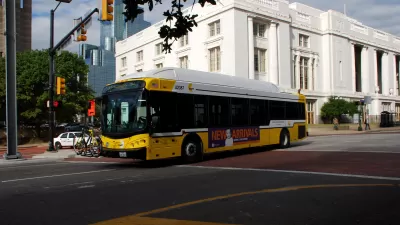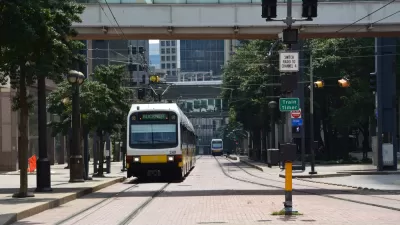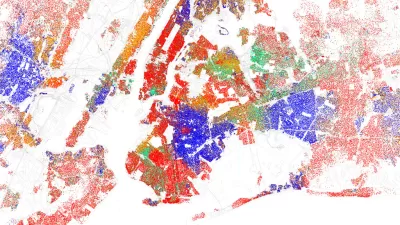A frank assessment of past policy wrongdoings is necessary to overcome inequality in the city.

Miguel Solis reflects on segregation in Dallas today and advocates for a broader view of the causes and for more proactive solutions. He references the recent North Texas Regional Housing Assessment, which reports that Dallas has extreme racial and economic segregation. In addition, the city is struggling with a lack of affordable housing, poverty, and inadequate access to quality healthcare, transportation, and educational services.
Solis says focusing on factors like the housing market and banking and real estate industry practices is a mistake. "Rather, racial residential segregation was a direct and intended consequence of state actions at all levels of our government. Explicit racial zoning policies, deeply flawed urban planning, federally subsidized housing and mortgage discrimination, and many other tools were deployed to engineer today's Dallas," he says.
Solis points to an important first step in changing course: an honest assessment of how Dallas got to where it is today. He urges readers to use Richard Rothstein’s book "The Color of Law: A Forgotten History of How Our Government Segregated America" as a guide for the future.
"Rothsteins’s invaluable, unfiltered look at how our government segregated America is a description of specific, man-made decisions that produced today's neighborhoods, and it forecasts what can be done to reverse their effects," says Solis.
FULL STORY: Segregation in Dallas is getting worse thanks to a legacy of government policies that must be reversed

Study: Maui’s Plan to Convert Vacation Rentals to Long-Term Housing Could Cause Nearly $1 Billion Economic Loss
The plan would reduce visitor accommodation by 25,% resulting in 1,900 jobs lost.

North Texas Transit Leaders Tout Benefits of TOD for Growing Region
At a summit focused on transit-oriented development, policymakers discussed how North Texas’ expanded light rail system can serve as a tool for economic growth.

Why Should We Subsidize Public Transportation?
Many public transit agencies face financial stress due to rising costs, declining fare revenue, and declining subsidies. Transit advocates must provide a strong business case for increasing public transit funding.

How to Make US Trains Faster
Changes to boarding platforms and a switch to electric trains could improve U.S. passenger rail service without the added cost of high-speed rail.

Columbia’s Revitalized ‘Loop’ Is a Hub for Local Entrepreneurs
A focus on small businesses is helping a commercial corridor in Columbia, Missouri thrive.

Invasive Insect Threatens Minnesota’s Ash Forests
The Emerald Ash Borer is a rapidly spreading invasive pest threatening Minnesota’s ash trees, and homeowners are encouraged to plant diverse replacement species, avoid moving ash firewood, and monitor for signs of infestation.
Urban Design for Planners 1: Software Tools
This six-course series explores essential urban design concepts using open source software and equips planners with the tools they need to participate fully in the urban design process.
Planning for Universal Design
Learn the tools for implementing Universal Design in planning regulations.
City of Santa Clarita
Ascent Environmental
Institute for Housing and Urban Development Studies (IHS)
City of Grandview
Harvard GSD Executive Education
Toledo-Lucas County Plan Commissions
Salt Lake City
NYU Wagner Graduate School of Public Service





























